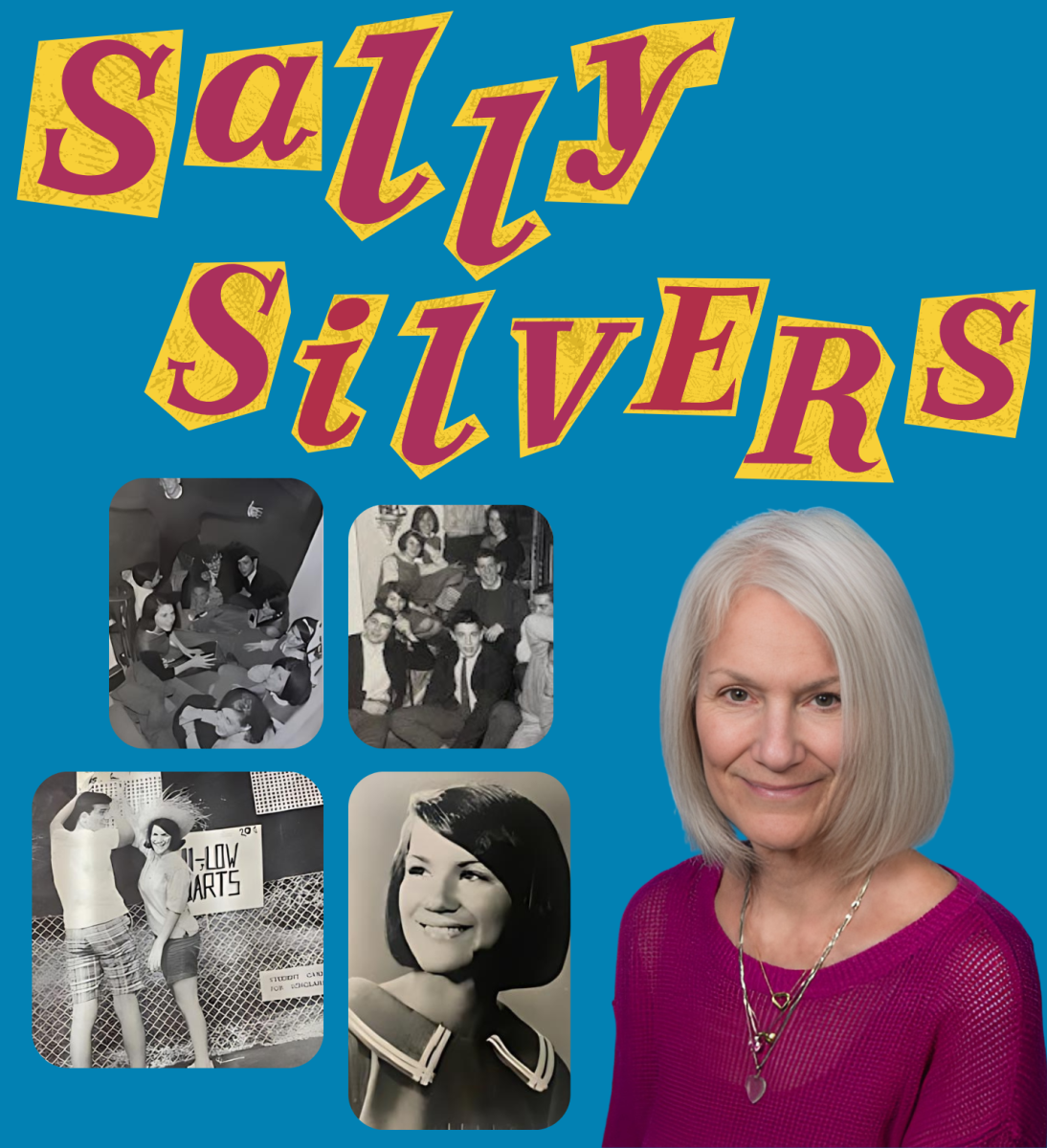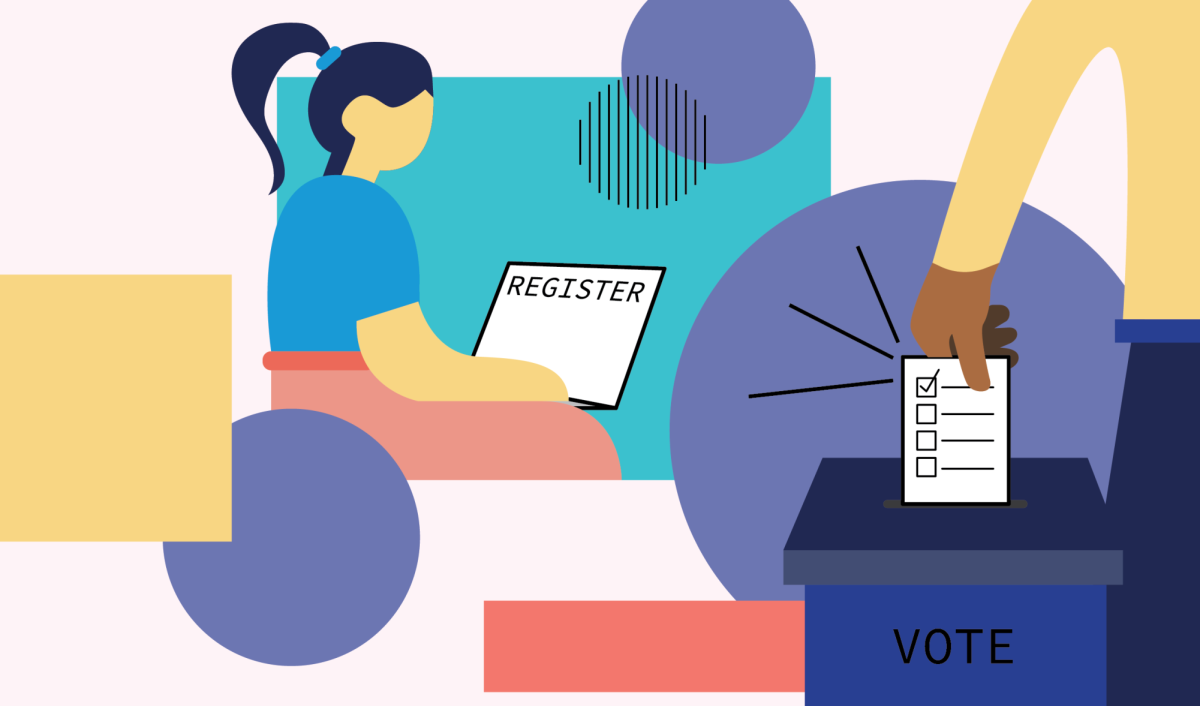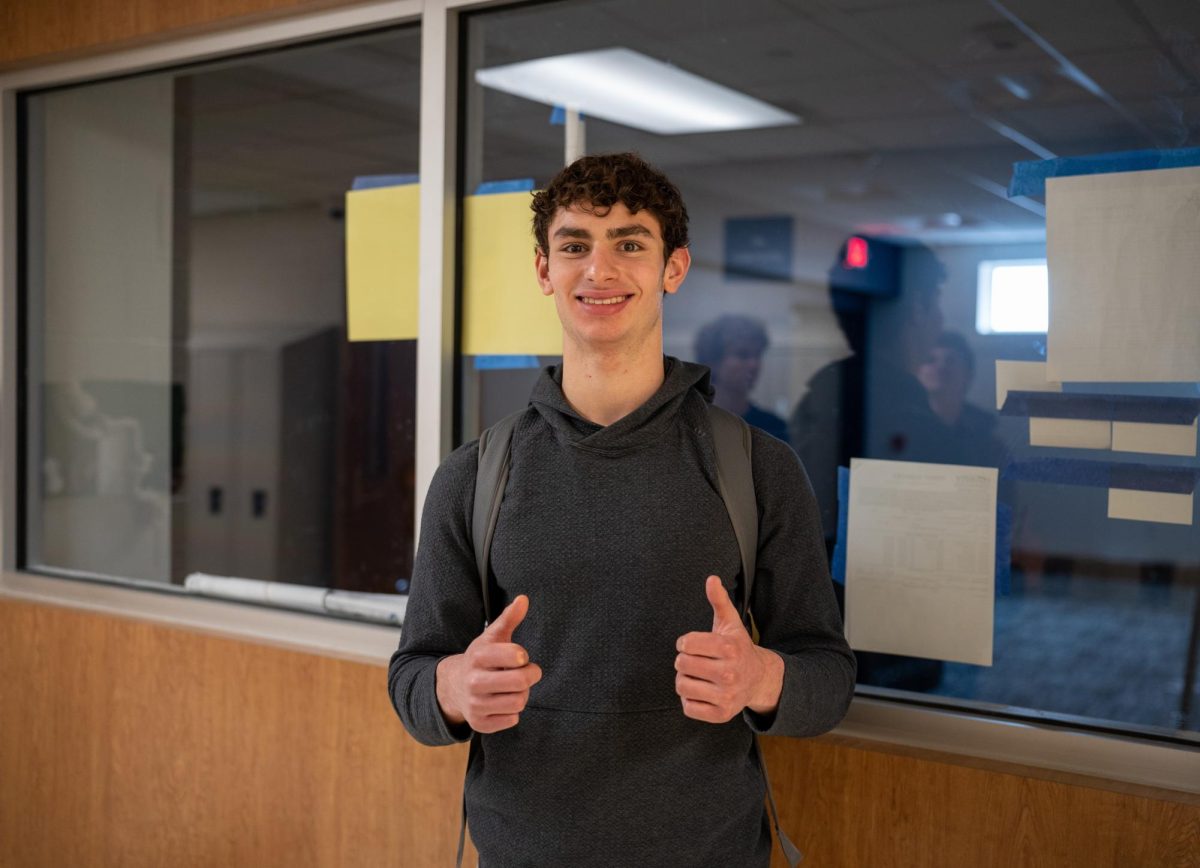She was two years old, living in China, dubbed “YueYue.†In late 2011, she wandered into the street and was hit by a moving vehicle. Some 18 people watched from the sidelines as she was hit again. The twentieth passerby finally called for help. Within little time, a video was already posted on Youtube.
He was 75. In 2009, Mostafa Mahmoud Zayed committed suicide by self-shooting, ending up flopped on his Florida balcony. His neighbors finally realized that he wasn’t a Halloween prop when his body began to smell three days later.
If the above scenarios weren’t on the news, you’d think they were straight from the script of CSI. And while that in itself is frightening, more so is the trend of complacency that pervades the stories themselves. The grand advent of television is what first brought on-demand media to the home, and that includes hours and hours of violence, simulated or on the news, and that trend continues today.
“You still witness it over and over, even though it’s not real,†Marvin Berkowitz, Professor of Psychology at University of Missouri in Saint Louis, said. “If you don’t have a TV, you see zero.â€
Connection? Sure. According to Berkowitz, the two theories prevailing regarding heightened violence exposure through television and the like are the “mean scary world†phenomenon, where viewers tend to see the world as such, and the theory of desensitization, in which viewers are “less perturbed†but still aware of the implications of violence.
The latter is often the more well-known of the two, as many link it to the sheer amount of media exposure that pervades today’s world.
There’s an app for that
So far, after all, we’ve only been talking television. In terms of other forms of media, the worst offenders—unsurprisingly—are video games, and for good reason.
“In the Army I met a guy campaigning against violent video games,†Berkowitz said. “They’re used in the Army to desensitize soldiers and make them more willing to kill.â€
Tell that to Americans, or rather, the ones who contributed to the most recent “Call of Dutyâ€â€™s grossly huge profit just a few months ago. The issue with the games used for recreational use, then, goes along that same train of thought.
“There are high levels of violence,†Terri Weaver, Professor of Psychology at Saint Louis University, said. “You’re planning and plotting to harm. Lots of people can play and have no trouble, but some become more impulsive. It’s a combined effect, because they become engaged that way.â€
Of course, the issue with such virtualized violence used to be linked to the system linked to the dektop or TV. Now take into account the iPad, the laptop, the cell phone. Count them all—everything on your person or in your possession that happens to make bleeps and bloops, and there you have it: your daily prime-time dosage.
Desensitization
If you want to simplify things, Berkowitz says, there are three main points in this new age of media violence: dosage, graphic level, and ambiguity. The first two are your average spots of evidence: how much violence we are exposed to though TV, DVDs, cell phones and the like, and the level of violence actually shown explicitly.
“There’s the famous Hitchcock scene,†Berkowitz said, referring to Hitchcock’s “Psycho.†“You never saw the knife strike. The knife flashed in the air, the woman screamed and some dark stuff went down the drain. Now we see people being disemboweled.â€
Weaver agreed, calling the tactics of the past the “fear through the implied.â€
“I just think it’s an expectation,†Weaver said. “The level of graphicness just keeps going up and up.â€
Of course, paired with the fact that such scenes are the staple of movies and prime-time shows, there is some concern for the next generations, who are growing up in a world where they don’t know any different.
“I was watching TV with my son,†Berkowitz said. “He was in middle school at the time. At one point, I couldn’t look, but he had no problem with it.â€
Where have all the heroes gone?
Berkowitz’s third point is something he more or less named himself, which he calls “ambiguity.†Or, for the more visual readers, what could probably be easily dubbed “The Loss of the Cowboys and Indians.†And it is exactly as it sounds.
A childhood in past years, Berknowitz explained, was one in which the plot on TV was “literally black and white.â€
“The bad guys wore black cowboy hats,†he said, “and the good guys wore white cowboy hats. There were no doubts. You were either pure good or pure evil.â€
The point? That absolute finality is long gone. Between the black and white, grey space has been growing steadily. Try finding the supposed ‘good guys’ in any given show. Most likely, if you’re truly new to the show—a rare thing nowadays, where spoilers abound on the Internet and in the media in general—it’ll take a little head-scratching and perhaps some plot development.
“We’re seeing the prevalence of heroes and protagonists who have incredibly diabolical streaks,†Berkowitz said.
Since those nostalgic times of decades past, the fact remains that the development of the hero in general has veritably exploded, as has the line separating him from the antagonist. From the anti-hero to the tamer ambiguous personality, the hero is no longer the pristine white nearly godlike figure he used to be. Think Dexter or even Hannibal Lector—any character that is shown to have some redeeming quality, however small.
Of course, that in itself is a rather recent development. Any character that’s automatically spotless from the get-go is probably a throwback to what might aptly be referred to as simpler times. More often than not, finding the characters to root for is, as Berkowitz says, “only fairly easy.â€
Standing by
Exit the world of pixels and artificial lights, though, and dealing with real-life incidents suddenly becomes that much more complicated. With the line between what is real and what appears to be real slowly blurring, can we pin a case of simple desensitization to the now-infamous “YueYue incident�
Of course, it can’t be that easy. Real-action violence is indeed harder to explain than those murders found in the common plot of weekly programs, in the pristine dramatized world of fictional reality. But the culture we live in is the same, and on that note, Berkowitz offers another very possible factor.
“The good Samaritans are getting sued,†Berkowitz said. And the cultural factor doesn’t stop there.
Many dismiss it as a particularly frightening example of the classic “bystander effect,†wherein a crowd of bystanders can remain inert while witnessing some horrible event simply because of the individual reasoning that there are plenty of other people available to take action. The group dynamic, in effect, lessens the urgency of action.
“Each person looks to the other to take action,†Weaver said. “Individual responsibility is diluted.â€That’s the reason, of course, that first aid training now recommends singling out separate tasks, making an individual person responsible: ‘You there, in the red shirt, call 911.’
But the reason for videotaping the action instead? That’s murkier business, as is the role of media in such ‘stand-and-watch’ incidents general.
“There’s probably multiple things,†said Weaver. “Perhaps it’s because you are ‘doing’ something. Maybe in our head, we’re documenting without taking full responsibility, a compromise… People are very connected by documenting things.â€
In other words, through videotaping, Weaver guessed, “a reality is being created through media.†But it is extremely unclear “exactly what the psychological component is.â€
Media might offer a twisted sense of connection. Or it might encourage the opposite. In the end, it is probably a combination of both.
“We’re so disconnected these days,†Berkowitz said. “We’re not feeling any connection. We learn not to get involved.â€
Is this a good thing? Berkowitz would argue to the negative.
“Community’s critically important,†he said. “We’re becoming so mobile, so virtual, we’ve lost connection. Humans are social animals. When you get to a point where people can’t know each other, you have a problem.â€
It’s a mad, mad world
In today’s world, it has been argued both ways as to how prevalent real violence itself actually is. But with the seemingly endless stream of virtual violence at the ready, that detail seems to be well-compensated. Differences in reasoning notwithstanding, like it or not, the general consensus is that as a society, we see more violence today than we ever did in the past. And we’re getting used to it, slowly, to the Berkowitz’s chagrin.
“Young people have a tendency towards idealism,†he said. “It cuts through the burnt-out jaded mindset of people who’ve been through the wringer of the real world. Maybe there are some benefits to that.â€
In contrast though, Berkowitz speculates whether a more casual attitude towards increasingly graphic violence is forcing young people “into a perhaps more accurate and more cynical view of the world,†getting rid of the proverbial “rose colored glasses.†Less of a reaction towards violence means that younger people are more inclined to “expect and accept evil.â€
“It cuts both ways,†he said. “I for one would rather it be Peter Pan longer than shorter. The innocence of children, sure, is completely inaccurate. But it adds discourse and innovation, challenging the adults. But do you want to take that from them?â€






